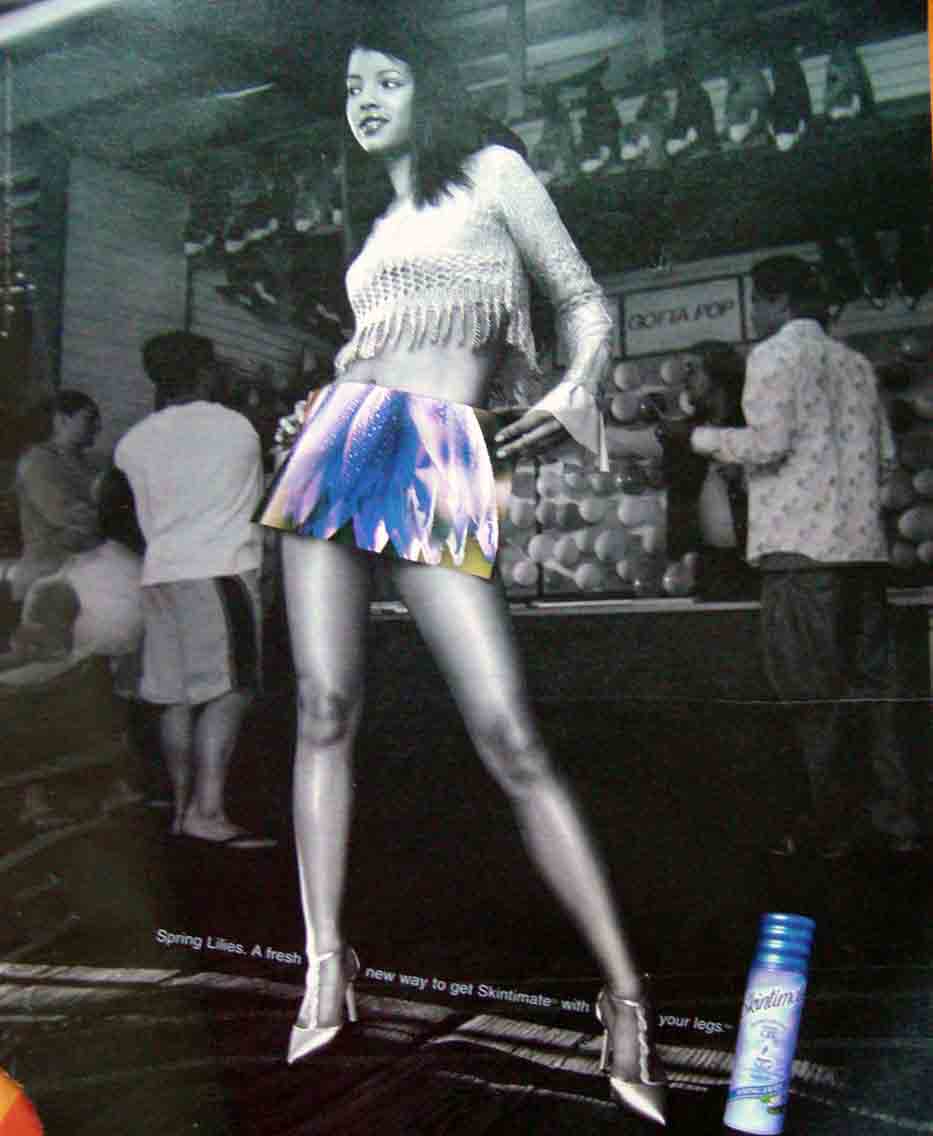The Male Gaze
The male gaze is the metaphorical tunnel through
which women are viewed and portrayed in Western cinema culture and art. It can
also be described as the lens through which western culture asserts control and
dominance over women. Specifically the manifestation of heteronormativity in a
patriarchal society that is responsible for overly sexualizing and objectifying
women. Women are relegated to being that of objects and are stripped of agency;
the male gaze has created a culture that is responsible for the social death of
women. Socially they are dead for they are subjected to the control of a
sovereign that determines even physical life or death. The male gaze has over –
determined the image of the woman and already has predetermined notions of what
makes the woman beautiful.
 According to Bell Hooks, “When most black people
in the United States first had the opportunity to look at film and television,
they did so fully aware that mass media was a system of knowledge and power
reproducing and maintaining white supremacy” (Hooks 117) The social construct
that is white supremacy controls heteronormativity and its mobilization in
contemporary Western patriarchal discourse. The oppositional gaze is a beacon
that creates “spaces of agency that exist for black people” (Hooks 116) This gaze is a constant opposition to
whiteness and its perception of the ideal image of the “blond blue-eyed woman.”
An image surfacing from the roots of white supremacist ideology. In the
“Oppositional Gaze” Bell Hooks tells us
that ideal women represented in cinema
culture were white women who had fit the ideal image. She tells us
that black women even at that time could not look. The oppositional gaze is an
eternal confrontation to the male gaze and its perversion in Western society.
According to Bell Hooks, “When most black people
in the United States first had the opportunity to look at film and television,
they did so fully aware that mass media was a system of knowledge and power
reproducing and maintaining white supremacy” (Hooks 117) The social construct
that is white supremacy controls heteronormativity and its mobilization in
contemporary Western patriarchal discourse. The oppositional gaze is a beacon
that creates “spaces of agency that exist for black people” (Hooks 116) This gaze is a constant opposition to
whiteness and its perception of the ideal image of the “blond blue-eyed woman.”
An image surfacing from the roots of white supremacist ideology. In the
“Oppositional Gaze” Bell Hooks tells us
that ideal women represented in cinema
culture were white women who had fit the ideal image. She tells us
that black women even at that time could not look. The oppositional gaze is an
eternal confrontation to the male gaze and its perversion in Western society.
The male gaze has set very strict gender roles that
are predetermined to fit male and female stereotypes. Berger tells us in “Ways
of Seeing” that “Men look at women;
Women watch themselves being looked at” (Berger 47). This means they are
ever so conscious of how they are perceived constantly. Women are defined by the eternal male gaze it
is the process by which they are assimilated into society. Males and maleness are worshipped and females
exist primarily for the purpose of procreation and nurture. Patriarchy defines
these roles and it confines the female object to this prison that is
heteronormativity.














